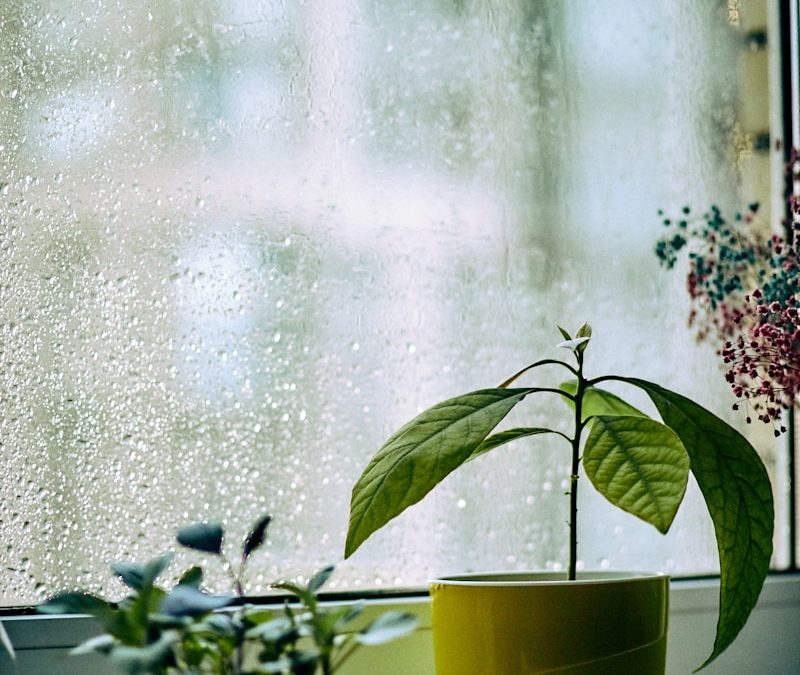Contents
- 1 The Best Time to Fertilize Indoor Plants (Seasonal Guide)
- 2 Why Timing Matters for Fertilizing
- 3 Fertilizing in Spring
- 4 Fertilizing in Summer
- 5 Fertilizing in Autumn
- 6 Fertilizing in Winter
- 7 How to Know If Your Plant Needs Fertilizer
- 8 FAQs About Fertilizing Indoor Plants
- 9 Final Thoughts on the Best Time to Fertilize Indoor Plants
- 10 Related Articles
The Best Time to Fertilize Indoor Plants (Seasonal Guide)
Fertilizing is one of the most important steps in keeping indoor plants healthy and thriving. But knowing when to fertilize indoor plants can make all the difference between lush growth and stressed, leggy foliage. In this seasonal guide, we’ll cover the best times of year to fertilize, how often to do it, and the right products to use.
Why Timing Matters for Fertilizing
Plants have natural growth cycles. Fertilizing at the right time provides nutrients when plants need them most. Fertilizing at the wrong time, however, can stress plants or lead to nutrient buildup in the soil.
Spring and summer: Active growth phase; plants need more nutrients.
Autumn and winter: Growth slows or stops; plants need less fertilizer.
Proper timing ensures your plants grow stronger, with brighter leaves and healthier roots.
Fertilizing in Spring
Spring is the best time to start fertilizing most indoor plants.
Begin feeding when you see new growth (fresh leaves, stems, or buds).
Use a balanced liquid fertilizer every 4–6 weeks.
This indoor plant liquid fertilizer on Amazon is ideal for boosting spring growth.
Fertilizing in Summer
Summer is the peak growing season.
Fertilize every 2–4 weeks, depending on the plant type.
Use a diluted fertilizer for delicate plants to avoid burn.
A slow-release fertilizer works well for busy gardeners who don’t want frequent feedings.
Fertilizing in Autumn
As days get shorter, most plants slow their growth.
Reduce fertilizing to once a month or stop altogether for some plants.
Tropical plants may still need light feeding if they keep growing indoors.
Fertilizing in Winter
Most indoor plants go dormant in winter.
Stop fertilizing unless you have plants actively growing under grow lights.
Over-fertilizing in winter can damage roots and cause salt buildup.
How to Know If Your Plant Needs Fertilizer
Signs your plant may need feeding:
Yellowing leaves (not due to watering issues)
Slow or stunted growth
Pale leaf color
Fewer flowers than usual
FAQs About Fertilizing Indoor Plants
Q: Can I fertilize indoor plants in winter?
A: Only if the plant is actively growing. Most should not be fertilized during dormancy.
Q: What’s the best fertilizer for indoor plants?
A: A balanced liquid fertilizer works for most plants, but flowering plants may benefit from a bloom-boosting formula.
Q: How often should I fertilize succulents indoors?
A: Succulents need less feeding—every 2–3 months during active growth, and none in winter.
Final Thoughts on the Best Time to Fertilize Indoor Plants
Knowing the best time to fertilize indoor plants ensures they get the nutrients they need without stressing them. In spring and summer, feed regularly to support active growth. In autumn, reduce fertilizing, and in winter, stop altogether unless your plants are still growing. With proper timing and the right fertilizer, your indoor plants will stay healthy, vibrant, and ready to thrive year-round.
Learn more about fertilizing from the RHS guide to feeding plants.

